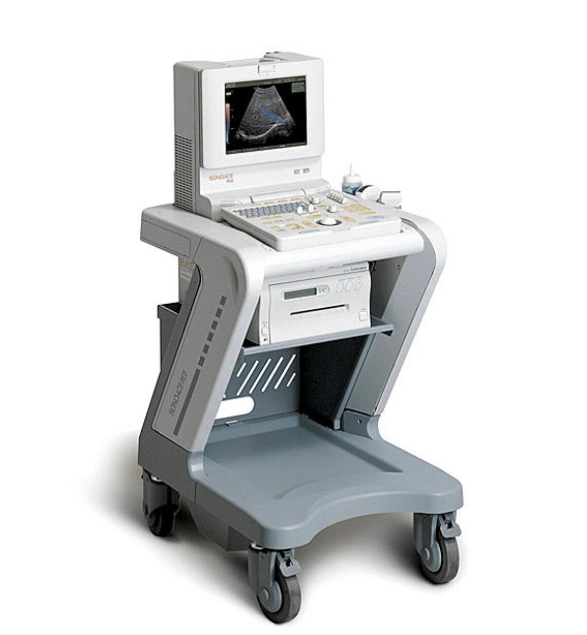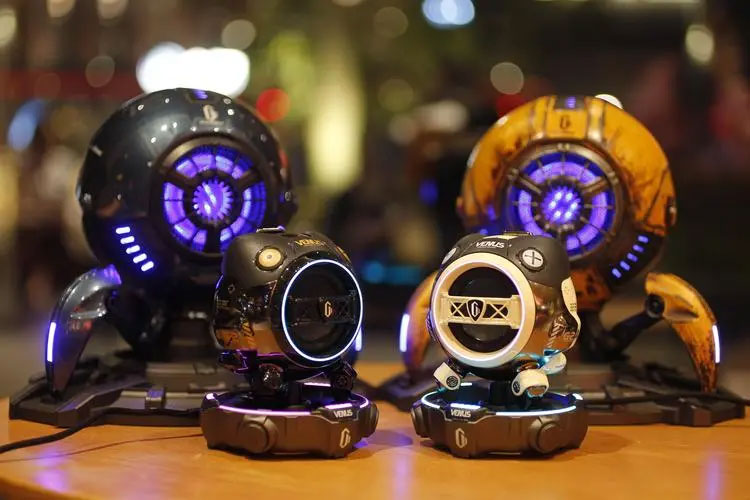High Frequency PCBs in 2024:What are the applications of High Frequency PCB?
1.1 What are high-frequency PCB?Key Characteristics of High Frequency PCBs
High frequency circuit board refers to a special type of circuit board with high electromagnetic frequency, used for PCBs in the fields of high frequency (frequency greater than 300MHz or wavelength less than 1 meter) and microwave (frequency greater than 3GHz or wavelength less than 0.1 meter). high-frequency boards can be defined as circuit boards with frequencies above 1GHz.High Frequency (HF) PCB is used to transmit electromagnetic waves in the frequency of GHz with minimal loses in the variety of applications, including mobile, microwave, radio frequency (RF) and high-speed design applications.
Want to learn more about the applications of High Frequency (HF) PCB in electronic products and devices? Then please continue reading below.

1.2 Common Applications of High Frequency PCBs
Printed circuit boards (PCBs) serve as the foundation for electronic components and the bridge that connects circuits. They are widely used in fields such as communications electronics, consumer electronics, computers, automotive electronics, industrial control, medical devices, defense, and aerospace.
PCBs are indispensable electronic components in modern electronic information products. The development level of the PCB industry can, to some extent, reflect the speed of development and technical standards of a country or region's electronic information industry. The upstream of the PCB industry chain includes raw materials such as copper-clad laminates, prepregs, copper foil, copper balls, gold salts, dry film, and ink. The midstream involves the manufacturing of PCBs, which can be categorized by material type into rigid boards, flexible boards, rigid-flex boards, and packaging substrates. The downstream sector sees widespread application across communications, consumer electronics, computers, automotive electronics, industrial control, medical devices, defense, and aerospace

1.3 Material Considerations
Firstly, high-frequency PCB materials are special materials used for handling high-frequency signals. In high-frequency applications, the signal transmission speed is very fast, so parameters such as the dielectric constant and loss factor of the PCB material have a significant impact on signal quality. Therefore, the choice of material is particularly important.
The upstream of the PCB industry chain includes raw materials such as copper-clad laminates, prepregs, copper foil, copper balls, gold salts, dry film, and ink. The prices of PCB raw materials produced in China are relatively low, with performance comparable to imported products.
Representative manufacturers include:
东莞生益、上海南亚新材料、台州旺菱、泰星微波、常州中盈、工力陶瓷板、泰耀TUC:Tuc862、872SLK、883、933...
Overseas ones include:
1) Rogers: Rogers: RO4003, RO3003, RO4350, RO5880, etc. With the development of 5G millimeter waves, Rogers has also launched multiple low loss circuit boards suitable for millimeter waves.
RO3000 series: PTFE circuit materials based on ceramic filling, with models including RO3003, RO3006, RO3010, and RO3035 high-frequency laminates.
RT6000 series: PTFE circuit material based on ceramic filling, designed for electronic and microwave circuits that require high dielectric constant. The models include RT6006 with a dielectric constant of 6.15 and RT6010 with a dielectric constant of 10.2.
TMM series: composite materials based on ceramics, hydrocarbons, and thermosetting polymers, models: TMM3, TMM4, TMM6, TMM10, TMM10i, TMM13i. and so on
2) Taconic: TLX series, TLY series, etc
3) Panasonic: Megtron 4, Megtron 6, etc
4) Isola: FR408HR, IS620, IS680, etc
5) Nelco: N4000-13, N4000-13EPSI, etc
There is a significant difference in material selection between high-frequency PCBs and standard PCBs. The application areas of high-frequency PCBs are also very extensive, including fields such as communications, radio, radar, and satellite navigation. With the development of wireless communication and high-speed data transmission, the importance of high-frequency PCBs will become increasingly prominent, and their development prospects are very promising. Therefore, for applications requiring high-frequency signal transmission, choosing a high-frequency PCB is essential. If you are looking for High Frequency (HF) PCBs, you can contact us at Rocket-PCB. We can offer you competitive prices and high-quality products. Click to see more High Frequency PCB & RF Microwave PCB information about this product。
Other Questions People Who Search for High Frequency PCB Also Care About:
The causes of high-frequency PCB overheating mainly include improper component placement, environmental and external heat factors, incorrect selection of parts and materials, and manufacturing defects in PCB design. When a PCB receives a high-frequency signal, the circuit materials will eventually start to generate heat. PCBs have a maximum operating temperature (MOD) they can handle. If this temperature is exceeded, it threatens performance and can lead to side effects such as PCB expansion.
Why is High Frequency PCB so expensive?
High-frequency PCB materials are special materials used for handling high-frequency signals. There are significant differences between high-frequency PCBs and standard PCBs in terms of design requirements, material selection, manufacturing processes, and performance indicators. As a result, the unit production cost for high-frequency PCB manufacturing is relatively high.
What is the difference between standard PCB design and high-frequency PCB design?
Below are some answers I’ve gathered from Quora that might be helpful to you:
Eric Hakanson:
I think the simplest answer to this is that in high-frequency PCB design, the PCB has to be considered as a component. This is often used on purpose—you can create filters on a high-frequency PCB by judicious placement of traces!
Allen Dutra:
Curved traces and specifying Low Loss prepreg and core fiberglass are also hallmarks of high-frequency PCB design. Blind and buried vias can also be important in a high-speed multilayer board for removing stubs.
AAAS ABY:
High-frequency PCBs require materials with a lower dielectric constant and dielectric loss to reduce energy loss and signal distortion during signal transmission. Common high-frequency PCB materials include PTFE, FR-4, and RF-35, while standard PCBs typically use FR-4 material. The design requirements for high-frequency PCBs are more stringent, needing consideration of signal transmission speed, impedance matching, signal integrity, etc. In contrast, standard PCB design is relatively simple, mainly focusing on circuit connectivity and layout.





